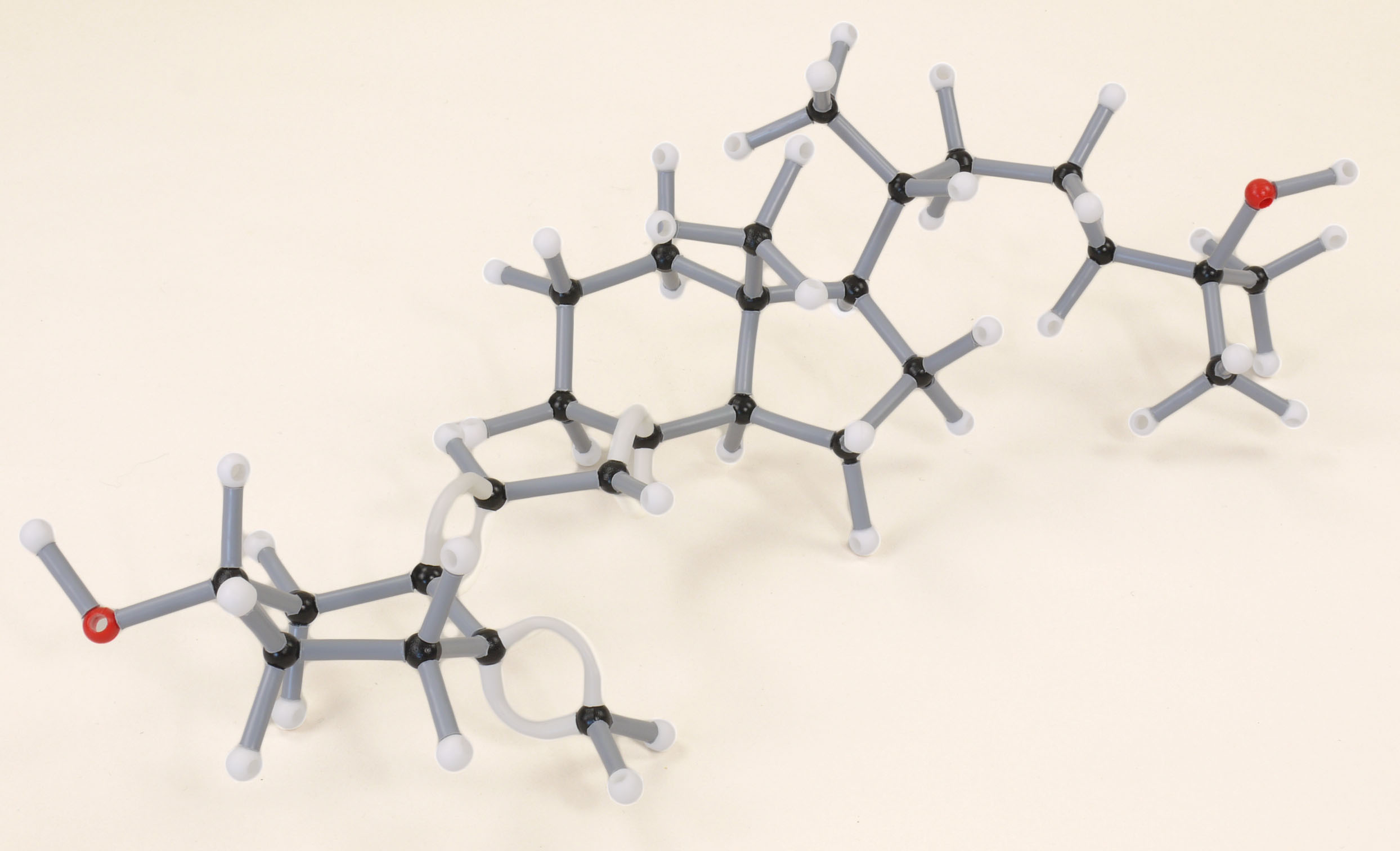Celebrating 1929 Nobel Prize Winner, Biochemist Hans von Euler-Chelpin
Posted 15th Feb 2019
Hans von Euler-Chelpin, (born on this day 15th February, 1873 in Augsburg, Germany), was a Swedish biochemist who shared the 1929 Nobel Prize for Chemistry with Sir Arthur Harden for work on the role of enzymes in the fermentation of sugar.
After graduating from the University of Berlin (1895), Euler-Chelpin worked with Walther Nernst and in 1897 became assistant to Svante Arrhenius at the Royal Institute of Technology in Stockholm. He joined the faculty at the University of Stockholm (1900), where he became professor of general and inorganic chemistry (1906) and director of the new biochemical institute (1929).
Euler-Chelpin’s research on enzymes showed that when an enzyme acts on another substance, called a substrate, the chemical linkage between enzyme and substrate is a bond between an acid group and an alkaline group. He particularly studied coenzymes, which act or “coact” with certain enzymes and are necessary for their action. In the case of zymase, an enzyme in yeast, he isolated its coenzyme, cozymase, and determined its chemical structure. Euler-Chelpin helped determine the chemical structure of several vitamins, which form portions of coenzymes.
To view our student, class and demonstration biochemistry sets and more visit our Molecular Model Centre.



 Your basket is empty
Your basket is empty